DVS Direct Vision Standard
The new Direct Vision Standard (DVS) requires HGVs to install a Progressive Safe System Kit before October 2024 to operate in London.
What is Direct Vision Standard (DVS)?
Starting October 28, 2024, heavy goods vehicles (HGVs) over 12 tonnes with a star rating below 3 will need to install extra safety equipment. This change is part of the Direct Vision Standard (DVS) updates, which previously focused on vehicles with a star rating below 1. After October 27, 2024, all existing DVS permits will be invalidated, requiring HGVs with a DVS rating of 0 to 2 stars to add new safety equipment to meet the updated Progressive Safe System requirements.
The updated DVS 2024 emphasises broader coverage of blind spots.
The new system has been designed to increase driver visibility for vulnerable road users (VRUs) in blind spots and to minimise false alerts. Warnings should be triggered by active smart systems only when there’s a genuine risk to pedestrians or cyclists. Street signs, street furniture, and other vehicles are not to trigger responses. Detection zones are set up around the vehicle, with alerts triggered inside the cab for drivers and outside for VRUs in danger zones. A key change from the current DVS standards is the need to detect VRUs in front vehicle blind spots, known as Moving Off Information Systems (MOIS).
GET A QUOTE TODAY!
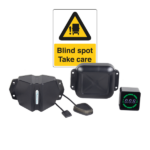
Explore Our DVS Solutions
Understanding the Direct Vision Standard (DVS)
Gain a deeper understanding of the Direct Vision Standard (DVS) and how it impacts road safety through our informative video. This feature provides a comprehensive look at how our advanced safety solutions help comply with these new regulations, ensuring your fleet meets the necessary safety standards.

We are always happy to talk about your DVS requirements and any specific issues you may be facing. Our sales consultants will put together a bespoke solution to suit your business.
Call 0203 897 3600 or Click the ‘Work With Us’ button
Direct Vision Standard 2024 (DVS 2024)
Direct Vision Standard (DVS) Requirements
To obtain a DVS Safety Permit, the actions required depend on your vehicle’s star rating.
Starting from March 2021, vehicles with a star rating between 1 and 5 can get a permit without any modifications. However, vehicles with a 0-star rating must have a Safe System installed before they can qualify for a Safety Permit.
DVS permits are free and valid until October 27, 2024.
Starting from March 2021, vehicles with a star rating between 1 and 5 can get a permit without any modifications. However, vehicles with a 0-star rating must have a Safe System installed before they can qualify for a Safety Permit.
DVS permits are free and valid until October 27, 2024.
Download Brochure
Download our comprehensive guide to our Direct Vision Standard kits. Suitable for articulated and rigid trucks – compliant for DVS
Get DVS Compliant
Download our comprehensive guide to our Direct Vision Standard kits. Suitable for articulated and rigid trucks – compliant for DVS
Changes to the Direct Vision requirements will take effect in October 2024:
From June 24, 2024, vehicles with a star rating of 3 to 5 can obtain a permit without modifications. Vehicles with a star rating of 0 to 2 will need a Progressive Safe System installed to qualify for a Safety Permit.
All existing DVS Safety Permits will become void at midnight on October 27, 2024. At that time, every vehicle over 12 tonnes will need to reapply for a Safety Permit. Vehicles rated 0 to 2 stars must have a Progressive Safe System fitted, regardless of their current DVS equipment or permit status.
Direct Vision Standard 2024 (DVS 2024) Requirements:
Starting on October 28, 2024, the updated DVS standard requires HGVs over 12 tonnes (GVW) with a star rating below 3 to have additional safety equipment installed. This expands the DVS scope significantly from vehicles with less than 1 star. All previous DVS permits will become void at midnight on October 27, 2024, necessitating a quick transition for vehicles with a DVS rating of 0 to 2 stars to meet the new Progressive Safe System requirements.
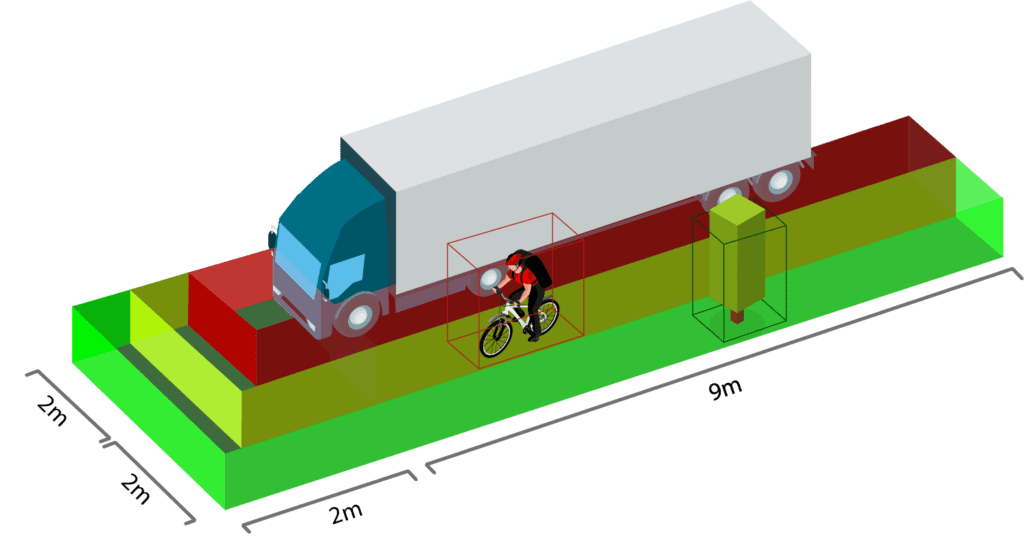
The Safe System is evolving
An active blind spot information system (BSIS) must be installed on the nearside of vehicles to alert drivers about nearby vulnerable road users. The sensors should not react to roadside fixtures or stationary vehicles. In articulated vehicles, sensors should be strategically placed on the tractor unit. This placement should cover the nearside without being triggered by the trailer itself.
A moving-off information system (MOIS) must be installed at the front of the vehicle. This system uses a camera monitoring system to alert the driver to vulnerable road users. This system should activate when the vehicle is stationary and escalate the alert if the vehicle is about to move off. A visual signal showing the vulnerable road user in the front blind spot, along with an audible alarm, should be given if a collision becomes imminent.
Current requirements for Class V and VI mirrors, audible manoeuvring warnings, side underrun protection, and external pictorial stickers remain mostly unchanged.
Our Progressive Safe System is designed in line with UNECE Regulation 151 and UNECE Regulation 159.
Fleet Witness’s PSS System meets all the requirements for TfL’s Progressive Safe System for the DVS 2024. It is available now for supply or nationwide installation by our approved engineers.
Applying for DVS Permit
STEP 1
Determine Your HGV's Star Rating
Obtain star rating from manufacturer, tfl.gov.uk/direct-vision-permit, or contact Brigade. Rating (0-5) based on original vehicle design. Aftermarket safety systems not considered.
- Below 3 stars: Proceed to Step2.
- 3 to 5 stars: Proceed to Step 3.
STEP 2
HGVs Below 3 Stars
From October 2024, vehicles rated 0, 1, and 2 stars: Must comply with DVS Progressive Safe System. Proof of installation required for permit application to TfL.
Permit holders must provide the following:
- Visual Evidence
- Sensor Functionality statement
STEP 3
HGVs 1-5 Star Rated
For HGVs rated 1-5 stars, you’ll automatically qualify for a permit until October 2024, but you’ll still need to submit an application.
If your vehicle is rated 1-2 stars, your permit remains valid until 25th October 2024. After this date, vehicles with 1 or 2 stars must comply with the DVS Progressive Safe System and reapply for a permit. Proof of installation must be provided to TfL with the application.
For vehicles rated 3-5 stars, your permit remains valid until 25th October 2030 or for 10 years (whichever is later).
Vehicles rated 0 stars, but compliant with the DVS Safe System, receive a permit valid until 25th October 2024. After this date, 0-rated vehicles must update their devices to meet the new requirements of the DVS Progressive Safe System. Proof of installation must be provided to TfL with the application.
The Minimum Direct Vision Standard 2024 (DVS) star rating will soon be increasing.

All Heavy Goods Vehicles (HGVs) over 12 tonnes are assigned a safety star rating by their manufacturers. The ratings range from 0 to 5 stars, with 0 stars indicating the lowest level of safety. A 5-star rating represents the highest level of safety. These ratings reflect the amount of visibility a driver has from the cab window. The star rating indicates the level of risk to vulnerable road users near the vehicle.
By 2024, all vehicles with fewer than 3 stars must install a DVS Progressive Safe System to comply with new safety regulations.
Applying for DVS Permit
Find the star rating for your vehicle
This is the first step in determining the equipment you will need. You can contact your vehicle manufacturer for assistance. Alternatively, you can send us a fleet list, and we’ll handle it for you at no cost.
Install the necessary equipment and signage
Over the last 2 years, Fleet Witness has designed and tested our own Blind Spot Detection kit. We have assembled packages that range from the minimum needed for DVS compliance to more comprehensive solutions. These advanced options offer a better return on investment for your fleet.
DVS Application
After installing your equipment, you will need to provide photos and complete the application form. If Fleet Witness has installed the equipment, we will provide photos to document the installation. We will also assist in preparing your HGV Safety Permit application for submission to Transport for London.
How long will the permit last and what is the penalty charge?
The scheme will be enforced through a decriminalised Traffic Regulation Order, allowing for the issuance of Penalty Charge Notices (PCNs). Automatic Number Plate Recognition (ANPR) cameras will identify vehicles and cross-check them with TfL’s permit database. Every vehicle, regardless of its star rating, must have a permit. Operators or hauliers without a permit can be fined £550, and drivers can be fined £130, even if the vehicle has a five-star rating.
Where in London is it enforceable?
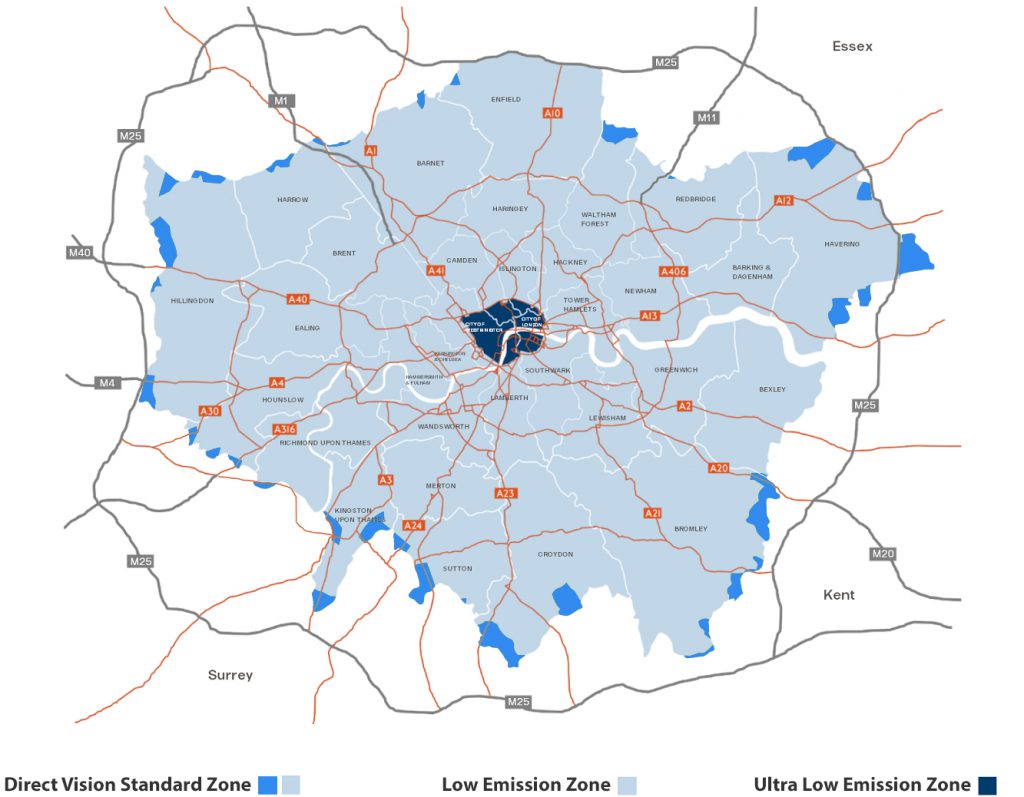

More Information
Understanding the DVS rating score system
The score system is based on the drivers direct visibility whilst sat in the driving seat. If your vehicle scores zero stars then you will be required to fit a Safe System. As you can see below most trucks currently on the road will fall into this category.

| Category | Description |
| A | Zero Star Eye Point |
| B | One Star Eye Point |
| C | Two Star Eye Point |
| D | Three Star Eye Point |
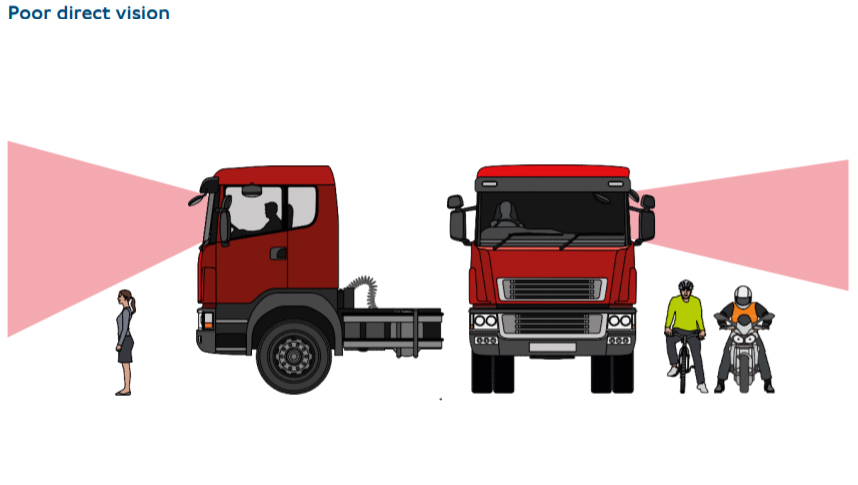
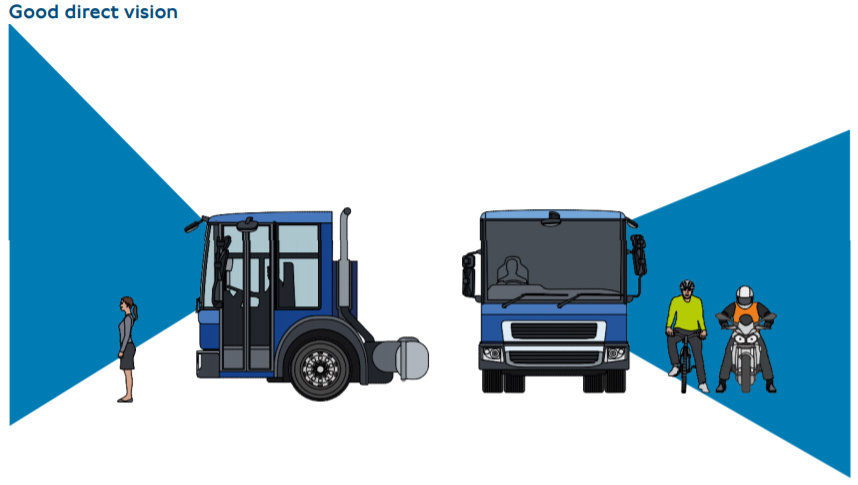
Direct Vision Standard (DVS) FAQs
What is a Safe System?
A Safe System includes a set of vehicle safety measures added after manufacture. These measures are designed to reduce the risks that HGVs pose to pedestrians and cyclists.
Is it a legal requirement?
Yes, it is unlawful to operate a HGV over 12T within Greater London since the 1st March 2021. Doing so could result in fines of up to £550 per day.
Does the side camera need to be recording?
No, the DVS doesn’t require the camera to record. However, since you’ve installed it, pairing it with a front-facing camera and having both record would be beneficial.
How do I obtain a permit?
You can apply to TfL, there is no charge for the application itself. Fleet Witness can help with this process.
Is the DVS scheme in place anywhere outside London?
No, not currently.
What happens if the Safe System equipment fails and I’m caught in breach of the permit scheme?
TfL has the ability to revoke Safety Permits if they find you are in breach of the conditions. Therefore, it is crucial that the system works correctly. Fleet Witness’ Blind Spot Detection kits feature a remote health check function. If the equipment is linked with one of our live platforms, it will notify you if a sensor fails.
How long does it take to have a vehicle installed with a Safe System?
The minimum equipment required will take 3-4 hours to install, depending on the vehicle.
Will I also qualify for FORs?
Yes, the equipment installed will also be relevant for FORs silver certification but only if a reverse alarm is also present.




